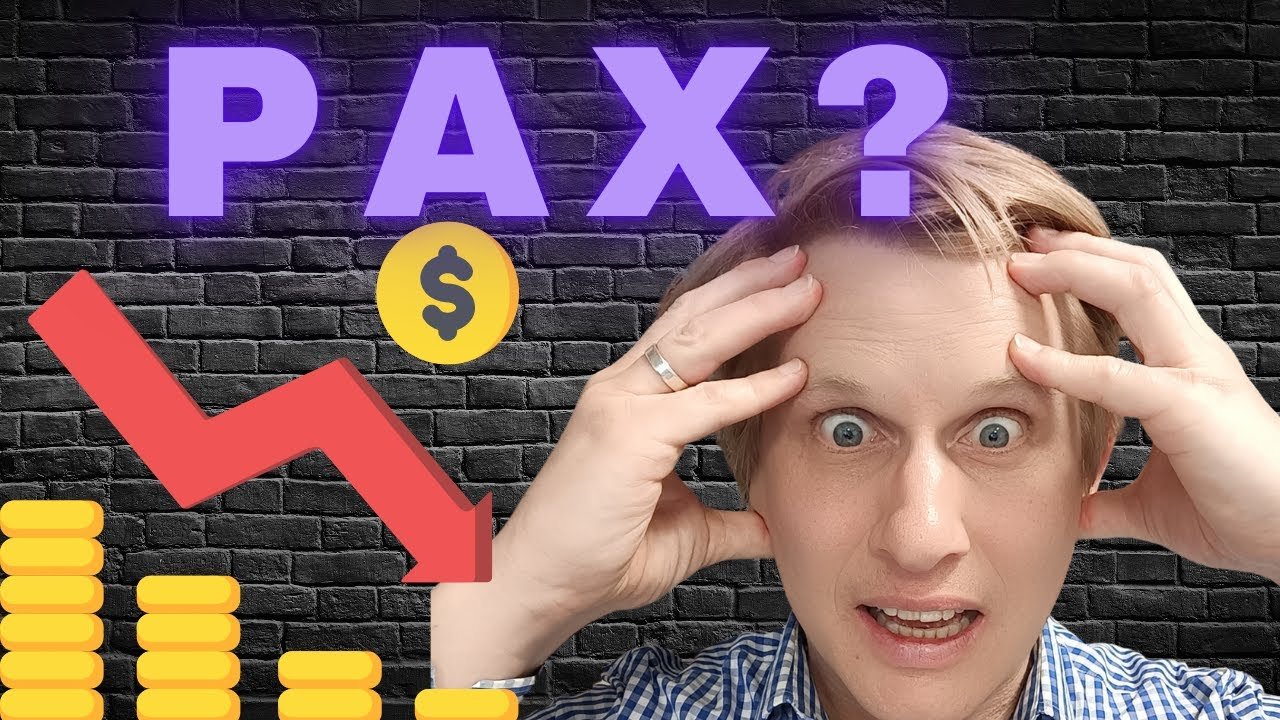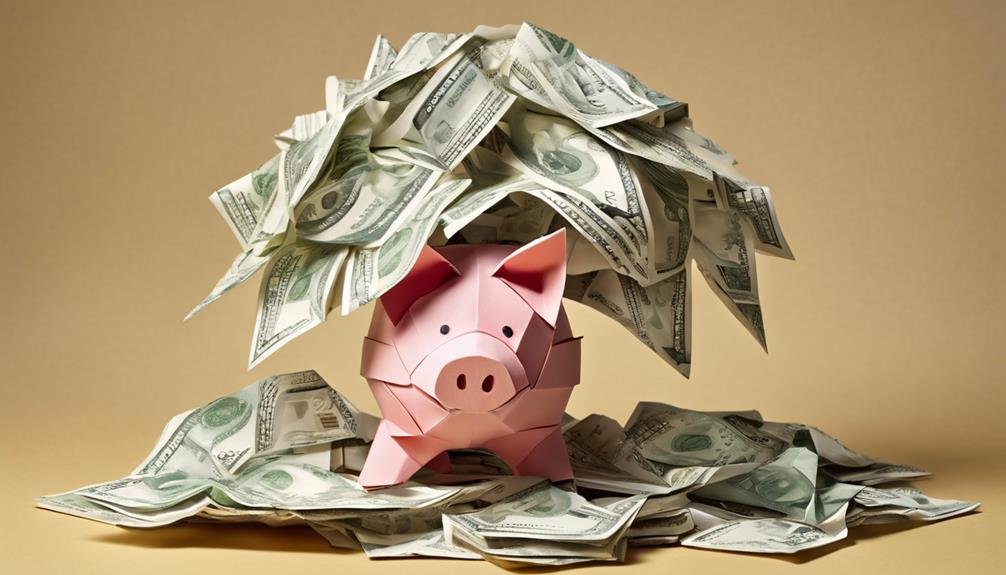What Is Dividend Stock Investing?
Dividend stock investing is an investment strategy where investors seek out stocks that pay regular dividends. A dividend is a per-share payment made by a company to its shareholders, usually on a quarterly or annual basis. The dividend yield is the percentage of a stock’s price that is paid out in dividends each year. For example, a stock with a dividend yield of 3% would pay $0.30 per share in dividends annually ($1,000 * 3%).
Dividend investors are typically more interested in the stability and payout amount of the dividend rather than the stock price appreciation. While dividend payments can fluctuate from year to year, many companies have increased their dividend payments for years in a row, providing investors with a reliable source of income. Some investors choose to reinvest their dividends back into the stock, which can compound returns over time.
Dividend stocks tend to be large, well-established companies such as Blue-Chips or Aristocrats that are not growing as rapidly as some other types of stocks. However, they offer investors the potential for stability and income growth.
Dividend stock investing is a way to increase your return on investment (ROI) by receiving regular cash payments from a company in the form of dividends. These payments are made to shareholders regardless of whether or not the stock is sold.
The dividend yield is the percentage of a stock’s price that is paid out in dividends annually. The higher the dividend yield, the more money you’ll make per share over time with dividend stock investing. Yield is important because it helps you compare different stocks without worrying about price fluctuations.
Dividend investors are usually willing to pay a bit more for a high-yield dividend stock than a low-yield stock simply because they expect the dividend to grow over time. This growth can be hard to predict, but it’s something to keep in mind if you’re considering buying a particular stock. Dividend growth investing focuses on the portfolio of dividend stocks that grow and raise their payments over time. This form of investing strategies emphasises the current dividend, future dividend, and income investing. In many cases, the investor desires to one day live off the dividend income.
What Is Dividend Income?
Dividend income is a payment made by a company each quarter in the form of cash or shares. The payment is made to its shareholders, who then can use the money to buy more shares or spend it elsewhere.
Dividend payments are an important part of a company’s financial health, as they help to maintain shareholder equity and encourage long-term investment. They’re also an important source of income for those who own shares in the company.
Dividends represent a small percentage of the company’s total profits, but they can provide significant income over time. Yields on dividend-paying stocks tend to be higher than those on non-dividend-paying stocks because investors expect dividend payments to continue even in tough economic times.
What Is the Dividend Yield?
The dividend yield is the percentage of increase in a company’s stock price over the course of a year that is attributable to dividends paid out by the company. It is calculated by dividing the annual dividend payment by the current share price.
The higher the dividend yield, the more attractive a stock may appear because it means that investors are receiving a greater return on their investment than what they would receive if they simply held the stock without reinvesting any of the dividends. A dividend yield above 3% is generally considered high, while a yield below 2% is considered low.
A high dividend yield may indicate that the company is paying out a large portion of its earnings as dividends. This high dividend payout ratio suggests that the dividend is at risk if earnings fall in the future. Many dividend aristocrats have relatively low dividend payout ratios and raise their dividend slowly. This careful management of the dividend amount allows the aristocrats to be among the best dividend stocks for safety.

Which Sectors Typically Pay Dividends?
Dividends are a common payment made by companies in different sectors. Typically, the more profitable a company is, the more it will pay out in dividends. This is because the company can use the extra cash to reinvest in its business or distribute it to shareholders.
Dividend stock investing is a great way to gain exposure to a particular industry or sector without having to invest in all of the underlying companies. By investing in dividend-paying stocks, you are guaranteed a payout every quarter, regardless of whether or not the underlying company makes money. This helps to protect your investment if the underlying companies experience tough times.
Yield is another important factor to consider when investing in dividend-paying stocks. A high yield indicates that a company is able to generate a lot of cash flow from its operations and reinvest that money back into its business. This means that the stock should be relatively cheap compared to other stocks on the market.
Some types of companies are required to pay out most of their earnings to shareholders, such as business development companies (BDCs) and REITs. They may sacrifice capital appreciation but offer a high income level.
Portfolios that include dividend-paying stocks tend to outperform those that do not over time. By taking advantage of these benefits, you can make sure that your overall portfolio remains stable and provides consistent returns over time.
Many investors seek out dividend stocks as a way to generate income from their portfolios. Dividend stocks are stocks that pay dividends, which are typically periodic payments made by companies to their shareholders. Dividends are usually paid out quarterly, but some companies pay them monthly or annually. dividend yields, which is the percentage of the stock price that is paid out in dividends, can vary widely depending on the sector. For example, utility stocks tend to have high dividend yields, while technology stocks typically have much lower yields.
Are Dividends Guaranteed?
Are dividends guaranteed? No, dividends are not guaranteed. A company may choose to pay a regular dividend, but there is no guarantee that the company will continue to pay that dividend in the future. Dividend cuts are possible, and some firms will reduce the dividend level if the current dividend payout is too high and their earnings drop. Building a dividend portfolio means diversifying so that even if not all are reliable dividends, the loss of some dividends will not adversely affect the overall portfolio.
Are Rising Dividends the Sign of a Healthy Stock?
A dividend is a payment made by a corporation to its shareholders, usually as a distribution of profits. A high dividend may be an indication that a stock is healthy and doing well. A solid dividend payment can also help support a stock’s price. However, a dividend may also be paid even if a company is not doing well, so it is important to look at other indicators before making any investment decisions.
One of the important rules of dividend investing is to identify and invest in a company that has raised its dividend. A firm that increases the dividend is usually safe and secure.
Can Dividend Stocks Protect Investors in a Weak Market?
Dividend stocks are a type of stock that pays regular dividends to shareholders. Many investors view dividend stocks as a way to protect their investment in a weak market. While dividend stocks may provide some protection against market declines, they are not guaranteed to do so.
Why can dividend stock investing be attractive?
Dividend investing can be attractive for a number of reasons. For one, dividends provide a way for investors to receive regular income from their investments. Additionally, dividend-paying stocks tend to be less volatile than other types of stocks, which can make them a more attractive investment option for risk-averse investors. Finally, dividend investors often enjoy preferential treatment when it comes to taxes, as many countries offer tax breaks on dividends.
Is Dividend Stock Investing Right for You?
Many investors use dividend stock investing as a way to generate income from their portfolios. While dividend stocks can be a good addition to your portfolio, it’s important to do your research before investing. You’ll want to consider things like the company’s financial stability, the sustainability of its dividend payments, and how the stock fits into your overall investment strategy.
High Yield isn’t Everything in Dividend Stock Investing
High yield isn’t everything in dividend stock investing. A high yield might look attractive, but it’s not the only thing to consider when you’re buying stocks. The dividend yield is just one metric to look at when you’re evaluating a stock. You also need to consider the dividend growth rate and the company’s financial health. Just because a stock has a high dividend yield doesn’t mean it’s a good buy. Many REITs also have a reasonable dividend yield and grow this with time, for instance, EPRT.
Some companies and management teams do an exceptional job balancing long-term company growth and income for shareholders. For example, Main Street Capital (MAIN) has slowly grown its dividend payments while growing the value of its company over time.

Assessing Dividend-Paying Stocks
To assess whether a stock is a good dividend-paying stock, you need to look at the stock’s price, the dividend, and the company’s financial stability. A good dividend-paying stock is one that has a high stock price and a good dividend. A company’s financial stability is important because it determines whether the company will be able to continue paying dividends in the future. You should also look at the stocks that pay dividends in your portfolio to make sure that they are diversified.
The Risks to Dividends
Dividends are payments made by companies to their shareholders, and are usually paid out quarterly. They represent a portion of the company’s profits, and are typically proportional to the amount of stock that the shareholder owns.
Investors should therefore be aware of the risks involved before starting dividend stock investing. However, for those who are willing to take on some risk, high yield dividend stocks can offer the potential for high returns.
Dividend Stock Investing in Long-Term Portfolios
Dividend investing is a popular strategy among long-term investors. The appeal of dividend stocks is that they offer the potential for both capital appreciation and income generation. When a company pays a dividend, the dividend is usually paid out of the company’s profits. Dividend stocks typically have a higher yield than other stocks, which means that they offer the potential for higher income. While dividend stocks can be volatile in the short-term, they can offer stability and growth in the long-term.
How does a dividend growth strategy work?
A dividend growth strategy is a long-term investment approach that involves reinvesting dividends received from stocks in order to compound one’s returns. The goal of this strategy is to generate a stream of increasing income over time, which can then be used to fund other investments or expenses.
To implement a dividend growth strategy, investors typically purchase shares of high-quality companies that have a history of paying and growing their dividends. They then hold these stocks for the long term, reinvesting the dividends they receive back into the shares. Over time, this reinvestment can result in significant growth in both the value of the shares and the size of the dividends received. This is a key element of dividend stock investing.
How much yield you seek when dividend stock investing in dividend growth stocks?
When it comes to dividend growth stocks, investors should seek a yield that is in line with the company’s growth prospects. A company that is expected to experience high levels of growth may have a lower dividend yield, while a company with more modest growth prospects may have a higher dividend yield.
Instead of stocks, should I just buy a mutual fund that pays dividends?
Should I always reinvest my dividends?
Should I Include Other Types of Investments in the Income Portfolio?
So, why might a high dividend yield be a red flag?
Investors should beware of high-yield stocks and do their homework before dividend stock investing. While a high dividend yield can be enticing, it might just be a sign that something is wrong with the company. A high dividend yield might be a red flag because it could indicate that the company is in financial trouble and is using its dividends to attract investors. It could also be a sign that the company is not reinvesting its profits, which could lead to long-term problems.

Dr. Lincoln C. Wood teaches at the University of Otago in New Zealand. He is an avid investor and educator. He loves cash flow, income, and dividends when investing. He likes to buy undervalued companies with strong advantages and earnings growth.







